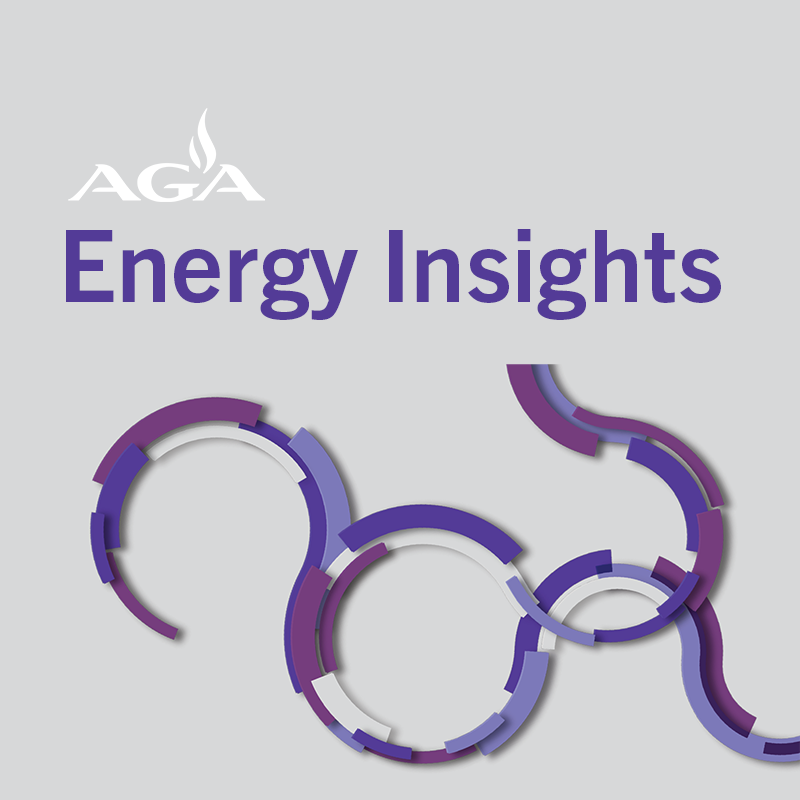Energy Insights – August 2022
Heating Season Peak Day Demand 2005-2022
The growth in peak demands shows that the US energy system continues to increasingly rely on the gas system to meet its needs, particularly during the coldest days of the year. A preliminary review of the data shows that customer and consumption growth across all sectors have likely contributed to growth in peak demand consumption.

Methodology
For purposes of this analysis, total domestic demand is measured as the sum of residential, commercial, and industrial demand; demand for power burn and LNG feedgas; net pipeline imports and exports; and pipe loss.
| Season | Date | Demand |
|---|---|---|
| 05-06 | 02/18/06 | 113.36 |
| 06-07 | 02/15/07 | 121.11 |
| 07-08 | 01/20/08 | 121.24 |
| 08-09 | 01/16/09 | 131.65 |
| 09-10 | 01/08/10 | 123.94 |
| 10-11 | 02/10/11 | 124.54 |
| 11-12 | 02/12/12 | 110.14 |
| 12-13 | 01/22/13 | 113.19 |
| 13-14 | 01/07/14 | 137.09 |
| 14-15 | 01/07/15 | 132.32 |
| 15-16 | 01/18/16 | 124.10 |
| 16-17 | 12/19/16 | 125.52 |
| 17-18 | 01/01/18 | 151.40 |
| 18-19 | 01/30/19 | 152.55 |
| 19-20 | 02/14/20 | 135.11 |
| 20-21 | 02/12/21 | 142.18 |
| 21-22 | 01/26/22 | 140.82 |
AGA Contact: Juan Alvarado (jalvarado@aga.org)
The average growth rate was calculated using a linear regression of total domestic demand over time. For the 2005-2022 series, the slope coefficient is 1751.71 with a P- value of 0.001689. For the 2011-2022 series, the slope coefficient is 3010.73 with a P- value of 0.013296.
NOTICE
In issuing and making this publication available, AGA is not undertaking to render professional or other services for or on behalf of any person or entity. Nor is AGA undertaking to perform any duty owed by any person or entity to someone else. Anyone using this document should rely on his or her own independent judgment or, as appropriate, seek the advice of a competent professional in determining the exercise of reasonable care in any given circumstances. The statements in this publication are for general information and represent an unaudited compilation of statistical information that could contain coding or processing errors. AGA makes no warranties, express or implied, nor representations about the accuracy of the information in the publication or its appropriateness for any given purpose or situation. This publication shall not be construed as including, advice, guidance, or recommendations to take, or not to take, any actions or decisions regarding any matter, including without limitation relating to investments or the purchase or sale of any securities, shares or other assets of any kind. Should you take any such action or decision; you do so at your own risk. Information on the topics covered by this publication may be available from other sources, which the user may wish to consult for additional views or information not covered by this publication.
